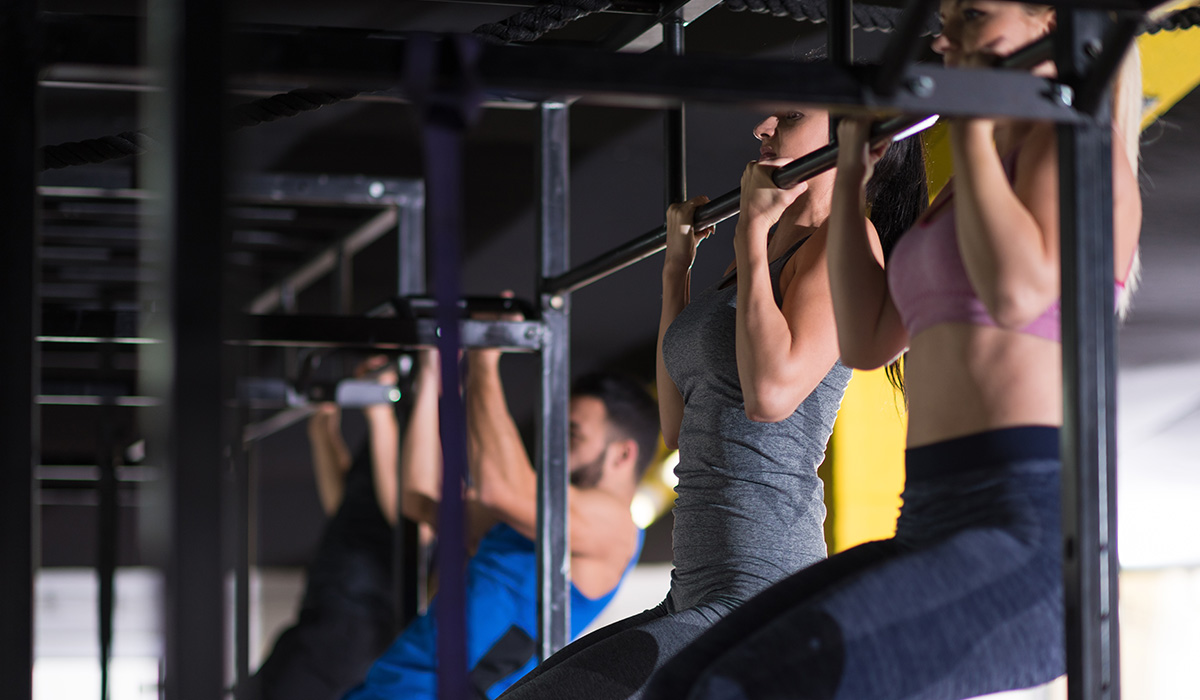Flexibility exercises (Stretching) stretch your muscles and can help your body stay flexible. These exercises may not improve your endurance or strength, but being flexible gives you more freedom of movement for other exercise as well as for your everyday activities.
Stretching is a form of physical exercise in which a specific muscle or tendon is deliberately flexed or stretched in order to improve the muscle’s felt elasticity and achieve comfortable muscle tone. The result is a feeling of increased muscle control, flexibility, and range of motion.
WHAT ARE THE BENEFITS?
- Stress relief. If you’re not someone who works out very often, stretching can still help you ease any stress-related aches
- Reduce anxiety
- Relief from sore muscles
- Improved posture
- Less risk of injury
- Better flexibility
- Relief from back pain



